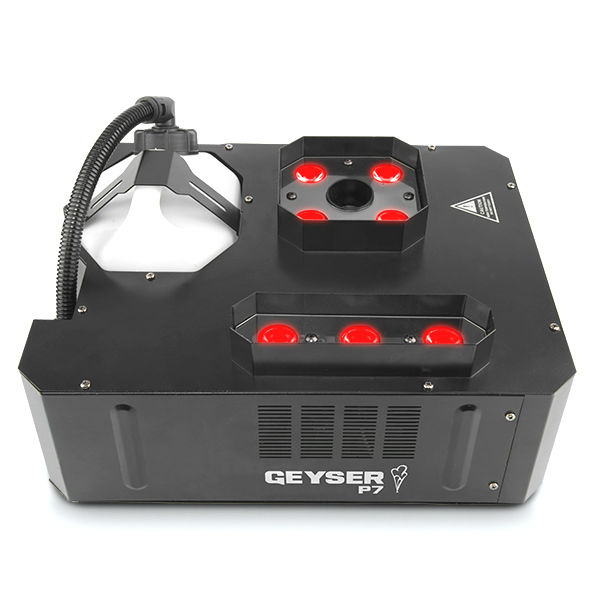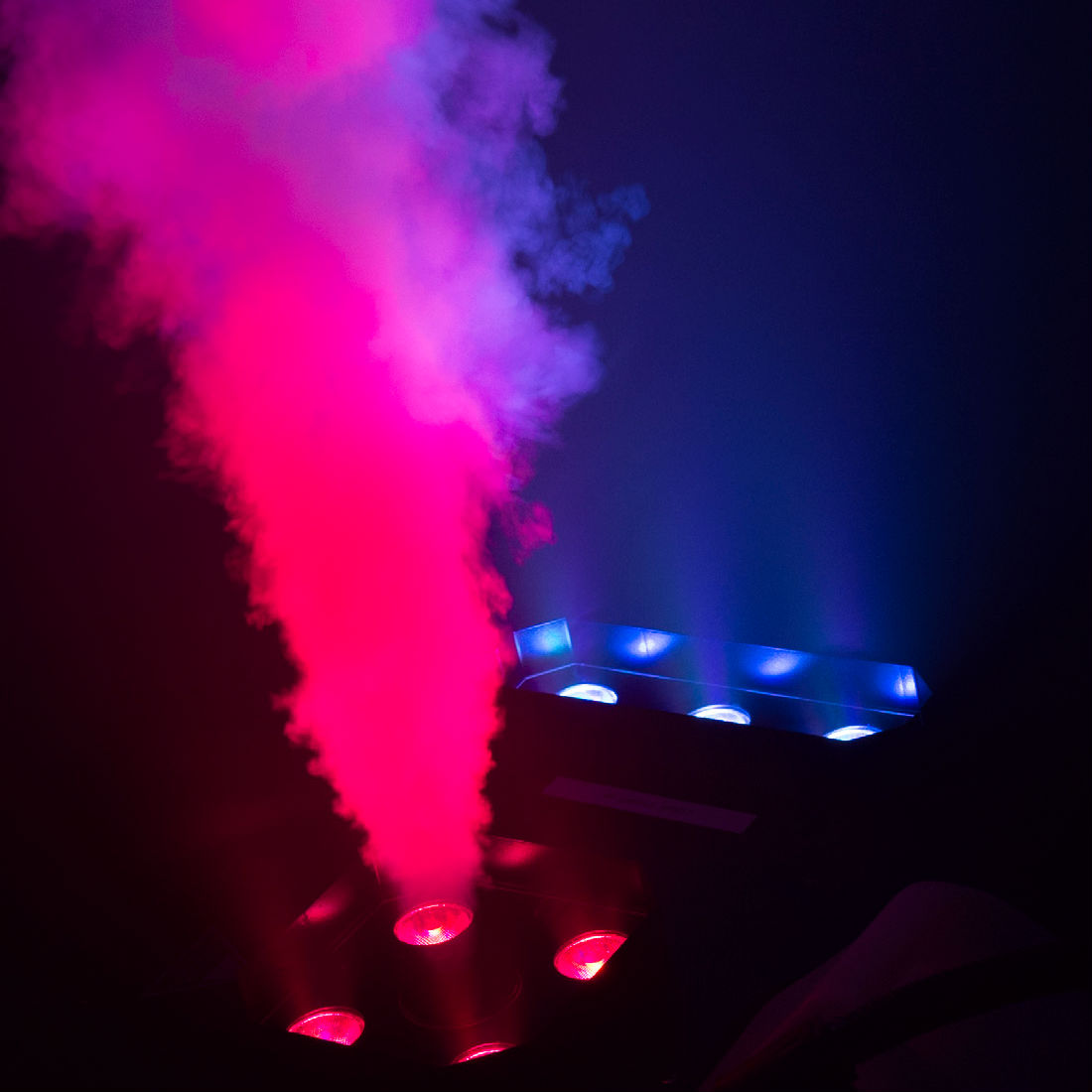The Flash Gun - - A Golden Oldie
I was looking through some old Theatre Effects catalogs recently, reflecting on the proud history of our company and enjoying the descriptions of "exciting, new" special effects from the 1980s and '90s. After I finished laughing at the photo-comic cover of the 1992 catalog, I started thinking about the products listed within. It struck me that, even with all of the new developments in the special effects industry over the years, the products that are our best-sellers now were our best-sellers back then.
One good example of this is the Electronic Flash Gun, a product that's been featured in our catalogs since 1986. This simple device has consistently been one of our top-sellers over the years. I think the reason for this is because it is so simple, and because it works. The effect is that a performer appears to be empty-handed and then suddenly shoots a ball of fire across the stage. The Electronic Flash Gun has been used by magicians, bartenders, exotic dancers and countless Wicked Witches of the West over the years, primarily because it's a great-looking effect that's very easy to operate. So how, exactly, does it work?
The Electronic Flash Gun consists of a metal barrel attached to a battery pack, with an adjustable rig to hold the device comfortably on a performer's hand. In the bottom of the barrel is the glo-plug, which looks like the cigarette lighters that used to be included as a standard item in most cars. Now you have to pay extra for them. Not that I'm bitter about that. Anyway, the glo-plug has a thin coil of wire that glows red-hot when a small amount of current is passed through it -- this wire ignites the flash paper.
Incidentally, the thin platinum wire in the glo-plug is fairly fragile. This means that you'll probably have to replace it every 30-50 shots or so; therefore, we recommend purchasing a spare at the time that you pick up the gun. A few factors can shorten the life of the glo-plug drastically. First, using damp flash cotton or flash paper in the flash gun can result in build-up on the wire. This will prevent the glo-plug from heating effectively and may cause the flash gun to misfire. Also, the wire can be crushed if cotton and paper are packed onto it too hard. We recommend using the eraser end of a pencil to gently push the flash cotton and paper to the end of the barrel. Finally, always make sure that you use the proper glo-plug for your device. Some of our devices use a 1.5V glo-plug, while others use a 3v one. If you use a 3V plug in the flash gun, it won't get enough current to heat, while using a 1.5V plug in a three-volt device will cause the plug to flare out. A quick way to check if your glo-plug is working properly is to look down the barrel (while it's not loaded, please!) and press the firing button. If all is well, you should see a cherry-red glo at the bottom of the barrel that means you're good to go!
To understand how the flash paper shoots across stage to create the dramatic effect I described you must remember that it is impossible to destroy matter, one may only convert it into another state -- liquid to solid, for example, or solid to gas. When flash paper is burned, it is converted almost completely from a solid into a gas. Inside the barrel of the Electronic Flash Gun, one end of a piece of flash paper begins burning when the glo-plug ignites it. The gasses produced take up more room in the barrel than the solid paper, and they build up until there's enough pressure to force the remaining paper out of the barrel. The paper continues to burn as it arcs across the stage, creating a fast-moving ball of fire.
We at Theatre Effects often recommend using flash cotton as a primer in devices that use the glo-plug to ignite flash paper. It's important to remember that the flash cotton is used only to start the flash paper burning. Some people mistakenly assume that the flash cotton is actually the propellant, this assumption leads them to use far more cotton than is actually necessary. Flash cotton will, in fact, launch a piece of flash paper out of the gun but because flash cotton burns at a much faster rate than flash paper, it often shoots the paper out of the gun before it's had a chance to ignite. If you've ever fired your Electronic Flash Gun only to have a piece of unlit flash paper land on the floor several feet away, you've used too much cotton. As a rule of thumb, a piece of flash cotton about the size of a small pea should be enough to ignite the flash paper.
That's really all there is to the basic operation of the Electronic Flash Gun. Who would've thought that a simple chemical process could produce such spectacular effects? But, as I've said, it's often the simplest effects that stay with us for the long run.
*********************************************
Theatre Effects Customer Service Department
service@theatrefx.com
www.theatrefx.com
Theatre Effects, 1810 Airport Exchange Blvd. #400, Erlanger, KY 41018
Phone: 1-800-791-7646 or 513-772-7646 Fax: 513-772-3579









